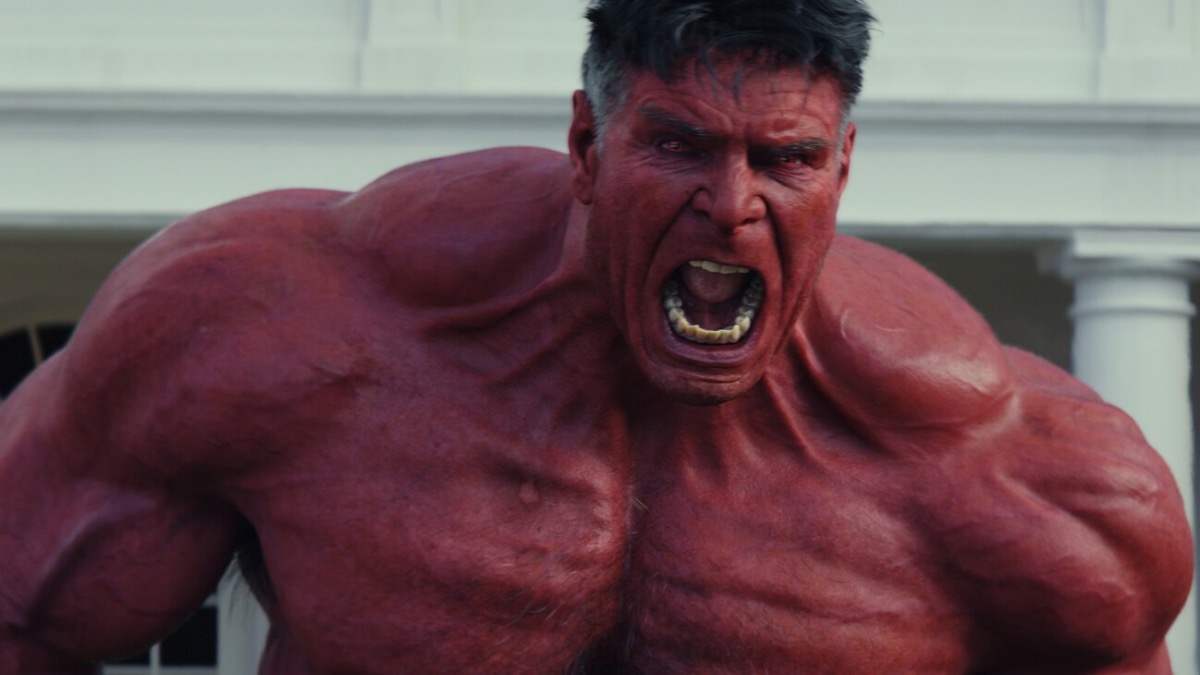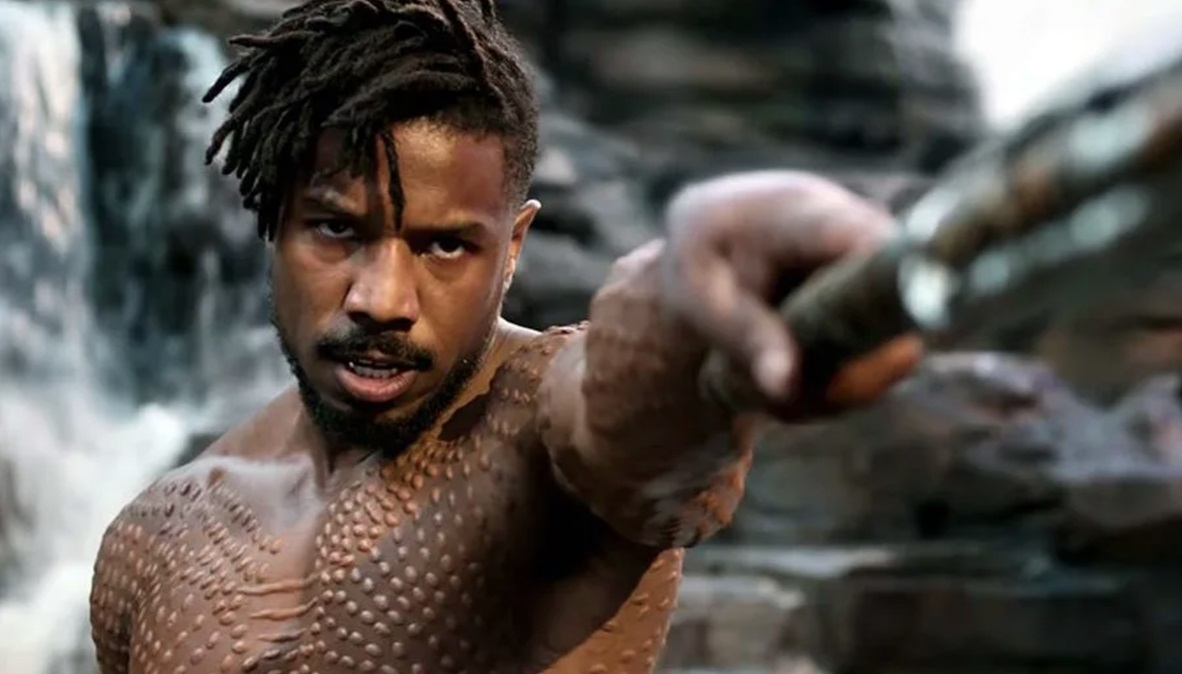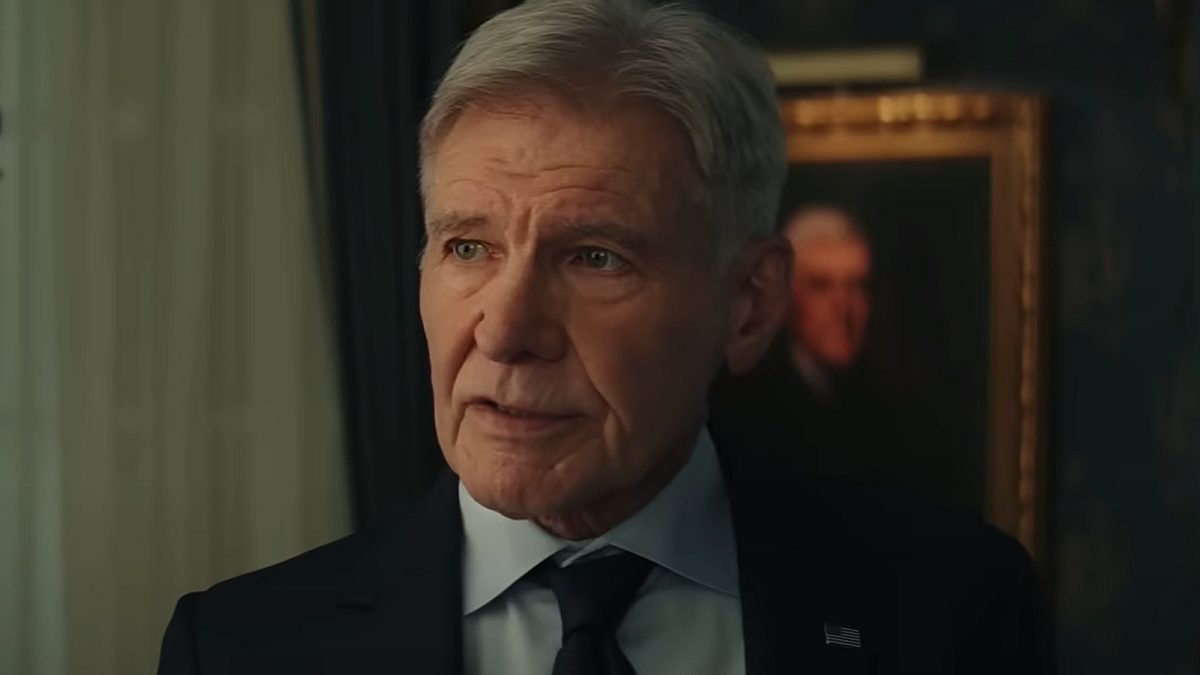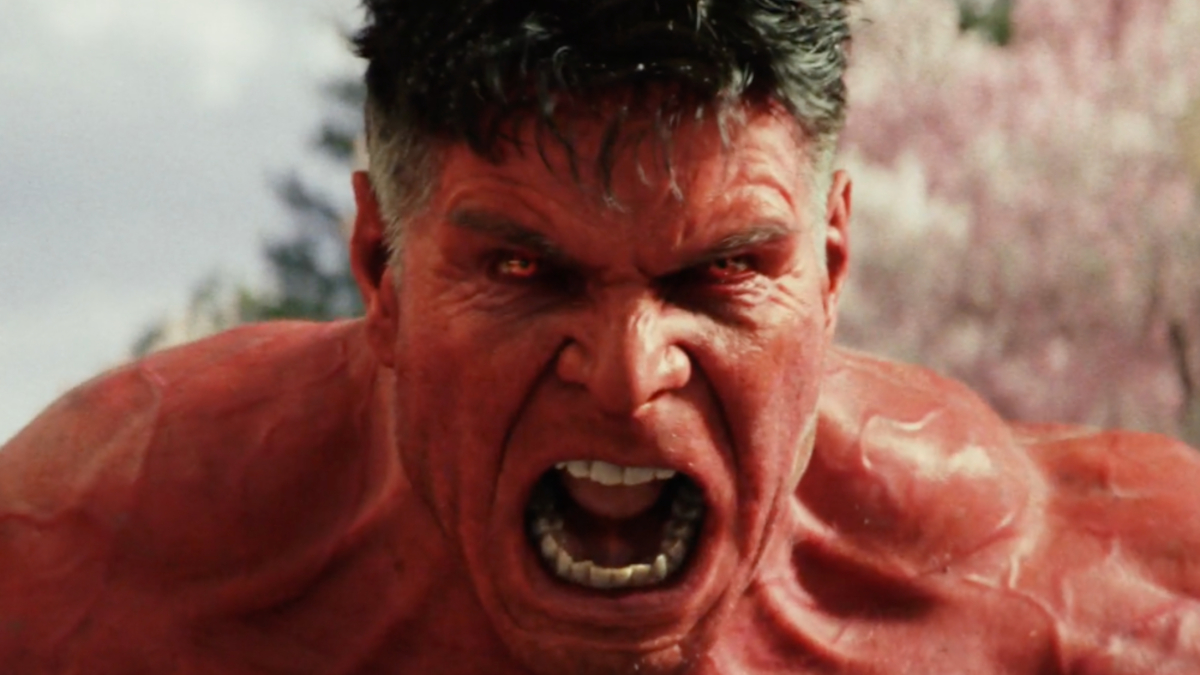
After 2019’s Avengers: Endgame, many issues have repeatedly surfaced in Marvel Cinematic Universe productions. Poor visual effects, often due to tight production schedules during global events like COVID-19 and industry strikes, have become more frequent. Additionally, some of the Marvel Cinematic Universe TV series have struggled with writing that seems to reveal a lack of expertise in small-screen storytelling by Marvel Studios. Furthermore, the current lineup of villains in the saga, as shown by President Ross in Captain America: Brave New World, has its weaknesses.
In my perspective, I had high expectations that having a legendary actor like Harrison Ford on board for Brave New World would maintain the impressive storytelling continuity similar to the solo Captain America films. However, it seems that this expectation didn’t quite materialize. Once more, Brave New World appears to overreach in trying to humanize its villains excessively, which unfortunately strips the narrative of the necessary dramatic tension required for an engaging storyline.
WARNING: Spoilers below for Captain America: Brave New World
The Origins of the Phases Four and Five MCU Villain Problem

Regrettably, it’s possible that Erik Killmonger (Michael B. Jordan), portrayed in Black Panther, may have set a challenging standard for the Marvel Cinematic Universe. The primary antagonist was a remarkable character brought to life by Ryan Coogler’s insightful writing and Jordan’s captivating acting performance. Killmonger was a villain who made you feel sympathy when he was vanquished, a malevolent force driven by the pain of the young boy from Oakland that fueled all his actions. Unfortunately, Killmonger’s popularity has led to numerous attempts in Phases Four and Five to recreate the impact of Killmonger’s character, which might not be as easily achieved.
In recent Marvel Cinematic Universe productions, characters like Karli Morgenthau, Arthur Harrow, Gravik, Dar-Benn, Gorr the God Butcher, and now President Thaddeus “Thunderbolt” Ross, have been crafted with a strong resemblance to Killmonger. Over the years, Ross has portrayed a harsh and overbearing character who often disregards the sympathy of characters such as Wanda Maximoff that viewers are meant to empathize with. However, in the latest release, “Brave New World”, it is shown that Ross falsely accused Samuel Sterns/The Leader (Tim Blake Nelson) for the Hulk and Abomination’s fight in “Incredible Hulk” and then imprisoned him without a trial.
In the last four years of Marvel Cinematic Universe content, characters similar to Killmonger have been introduced, including President Thaddeus “Thunderbolt” Ross. Previously, Ross has played an unyielding and callous role, often neglecting the compassion of characters like Wanda Maximoff that audiences are intended to relate to. In “Brave New World”, it’s revealed that he framed Samuel Sterns/The Leader (Tim Blake Nelson) for the fight between the Hulk and Abomination in “Incredible Hulk” and then locked him up without a trial.
In a surprising twist for fans familiar with his past misdeeds in Marvel Cinematic Universe (MCU), the movie Brave New World chooses to portray General Thaddeus Ross not as a detestable force, but rather as a character struggling with his past actions. Instead of reinforcing his villainous reputation, much of the film focuses on Ross expressing remorse for his estrangement from his daughter Betty (Liv Tyler), particularly their shared walks under cherry blossoms. The final confrontation between Captain America and Ross’ Red Hulk form is less about physical conflict and more about Captain America acknowledging Ross’ efforts to change, saying “I know you’re trying to be a better person.
Instead of the visually captivating and intricately developed methods used in “Black Panther” to make viewers empathize with Killmonger, such as his scene with his father in the Ancestral Realm, Ross is portrayed as one-dimensional, despite being labeled as nuanced by the MCU. Characters like Ross, similar to Morgenthau, Harrow, Gorr, and recent antagonists, lack depth and complexity, failing to resonate with audiences either as tragic characters or as entertainingly over-the-top villains. The forced attempts at complexity only hinder productions such as “Brave New World” by lacking a compelling central antagonist to maintain dramatic tension.
Ross Isn’t The Best Fit to be The Next Killmonger

The President character, Ross, in the current Marvel Cinematic Universe (MCU) often seems to be an incorrect portrayal of a modern villain archetype due to his immense power. The character Killmonger from Black Panther sought to ease his own pain by causing suffering and trauma for other underprivileged children worldwide. His social class and economic status significantly shaped this character. Contrary to Brave New World’s portrayal, Ross is actually shown to have committed serious human rights abuses against Sterns. Additionally, there’s a tense scene where he addresses Sam Wilson as “boy,” which creates an awkward racial dynamic that Brave New World does not address.
In simpler terms, novels such as “Killers of the Flower Moon” and “The Nickel Boys” skillfully depict how seemingly good people can actively participate in inflicting harm on others. On the other hand, “Brave New World” lacks the complexity and depth found in these works. The character of Killmonger’s relatability is missing from President Ross, whose misuse of power is truly chilling. “Brave New World” attempts to suggest that Ross is essentially good beneath his actions, but this idea falls flat when considering the horrific acts he has committed, which are reminiscent of those portrayed in “Taxi to the Dark Side”.

As a film enthusiast, I can’t help but notice a pattern that’s been emerging in Phase Four and Five films: an over-reliance on big, CGI villains, such as the Red Hulk in Ross’ case. Just like Gravik morphing into the Super-Skrull or Harrow teaming up with Ammit, Ross’ storyline in Brave New World seems to culminate in a grand, CGI boss fight. This time around, it’s Ross (the relentless pursuer of the Hulk) who transforms into Red Hulk right at the White House. These attempts to create complex villains with depth and humanity often fall flat when these types of climaxes are reached. All the thoughtful character development and humanizing elements seem to take a backseat, replaced yet again by another fully digital adversary, one that’s been entirely detached from the antagonist we’ve been following for two hours.
In numerous Phase Four and Five Marvel Cinematic Universe projects, a recurring issue has been the underwhelming portrayal of villains, often due to overzealous efforts to replicate the impact of characters like Killmonger. This is particularly evident in “Captain America: Brave New World”, where President Ross seems to embody this trend. However, his attempts to appear as a sympathetic character ring false and unconvincing. There’s a striking contradiction between these efforts and his immense power, which he wields callously in committing grave human rights abuses.
In conclusion, the intricate portrayal of President Ross, filled with Red Hulk’s antics, solidifies him as a symbol of the MCU’s persistent issues with crafting believable sympathetic villains. The MCU could greatly benefit from introducing more undeniably malevolent characters like the High Evolutionary from Guardians of the Galaxy Vol. 3, and fewer futile efforts to elicit sympathy for villains such as President Ross/Red Hulk, reminiscent of Brave New World.
Captain America: Brave New World is now playing in theaters.
Read More
- Gold Rate Forecast
- PI PREDICTION. PI cryptocurrency
- Rick and Morty Season 8: Release Date SHOCK!
- Discover Ryan Gosling & Emma Stone’s Hidden Movie Trilogy You Never Knew About!
- Masters Toronto 2025: Everything You Need to Know
- We Loved Both of These Classic Sci-Fi Films (But They’re Pretty Much the Same Movie)
- Mission: Impossible 8 Reveals Shocking Truth But Leaves Fans with Unanswered Questions!
- SteelSeries reveals new Arctis Nova 3 Wireless headset series for Xbox, PlayStation, Nintendo Switch, and PC
- Discover the New Psion Subclasses in D&D’s Latest Unearthed Arcana!
- Linkin Park Albums in Order: Full Tracklists and Secrets Revealed
2025-02-16 22:41